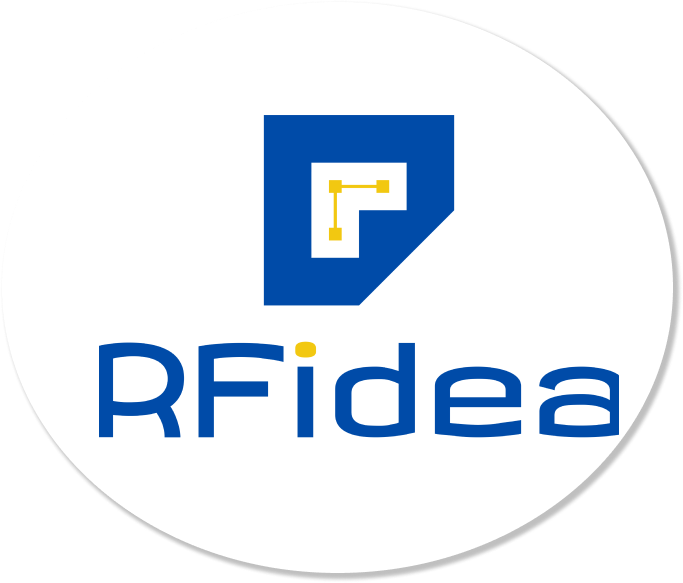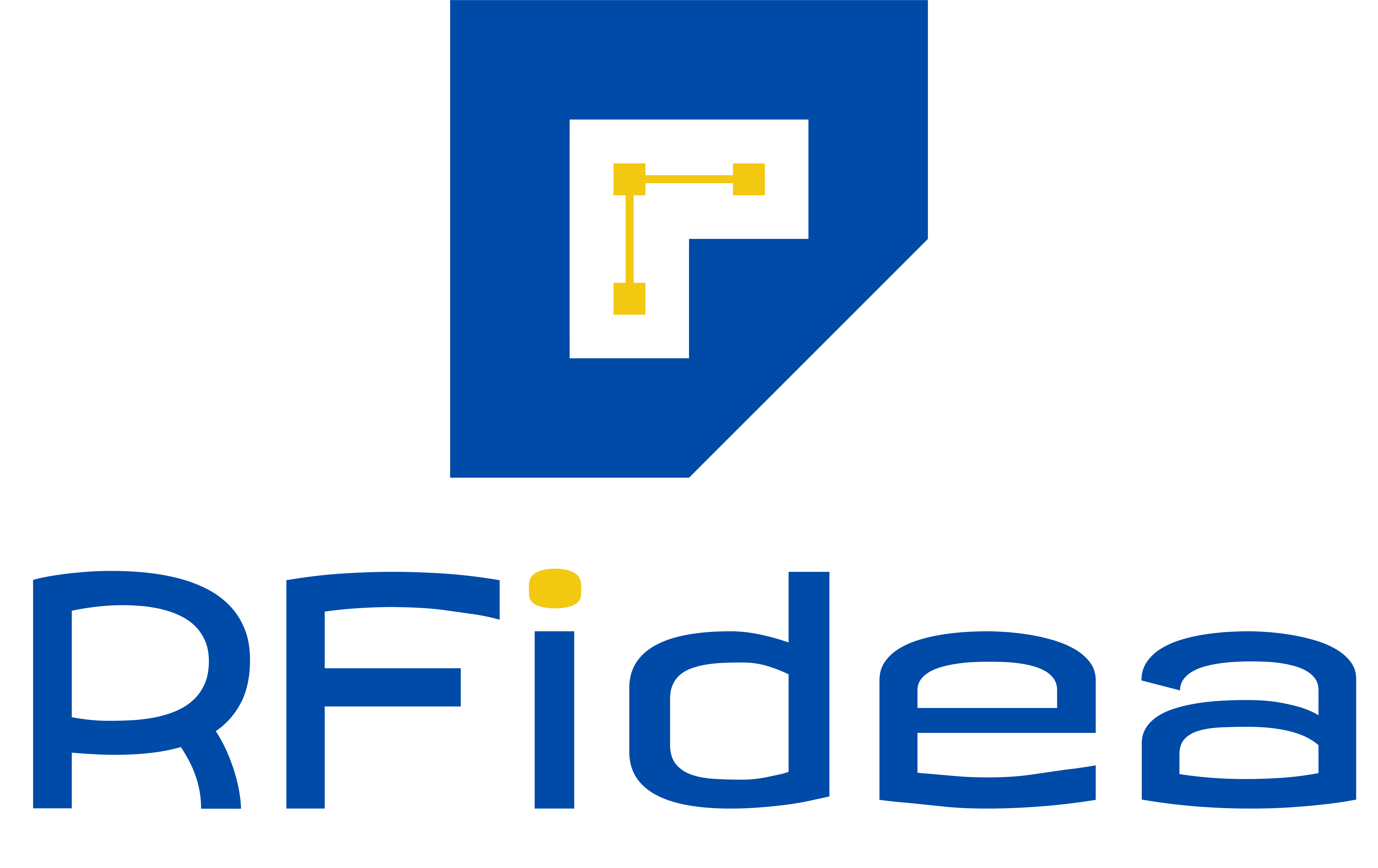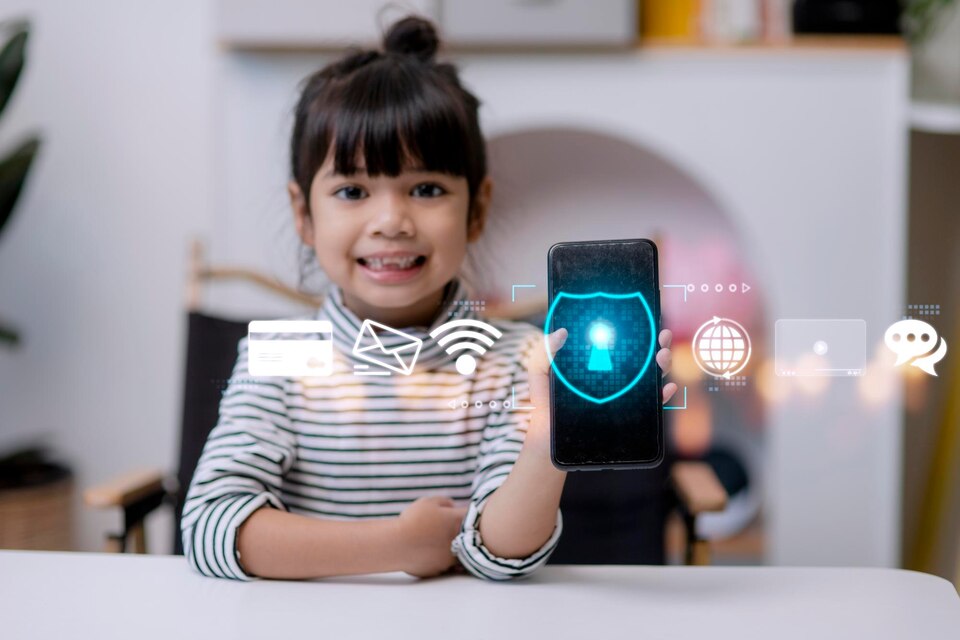Rfidea’s wearable child technology is a leap forward in active child safety that has brought cutting-edge sensors and ergonomic design together to provide a subtle yet effective monitoring solution. The lightweight, long-lasting wearables combine RFID tracking, biometric sensors, and motion detection to give real-time information about a child’s location and physiological state. Unlike GPS trackers, the Rfidea devices employ a hybrid strategy—RFID provides accurate indoor tracking, whereas motion sensors pick up on abnormal movement that may suggest a fall or distress.
Scientific research points towards the efficacy of child protection through multi-sensor wearables. A 2021 study conducted by Kumar et al. reveals that RFID integrated with biometric monitoring improves situational awareness and accuracy in health evaluation to a significant extent. Rfidea’s wearables are hypoallergenic and adjustable, ensuring that children of any age can wear them comfortably without skin irritation. The device’s long battery life and waterproof casing make it deployable continuously at home, school, or in the outdoors.
Predictive Injury Prevention
Traditional child safety systems are often reliant on reactive methods, but Rfidea’s predictive prevention of injury system is a revolution in safety through the identification of risks before they occur. The system, powered by advanced machine learning algorithms, analyzes behavioral patterns, environmental patterns, and biometric patterns to identify potential rising hazards. For example, if a child is constantly making their way to a swimming pool or a staircase, the AI identifies this trend and sends escalating alerts to care providers, allowing them to intervene before a tragedy happens.
This predictive injury prevention approach is particularly valuable in high-risk scenarios, such as playgrounds or busy streets, where split-second awareness can prevent tragedies. By shifting from reactive to proactive safety, Rfidea empowers parents with foresight rather than just alerts, fundamentally changing how families protect their children.
Smart Health Monitoring
Rfidea’s smart health monitoring capabilities provide parents with unparalleled insights into their child’s well-being, tracking vital signs such as heart rate variability, oxygen saturation, and skin temperature. These clinically validated sensors detect early warning signs of fever, dehydration, or respiratory distress, enabling timely medical intervention. Unlike standard fitness trackers, Rfidea’s system is specifically calibrated for children, accounting for their unique physiological patterns.
Studies show that continuous biometric monitoring significantly improves emergency response times (Kumar et al., 2021). For instance, if a child’s heart rate spikes unexpectedly or their oxygen levels drop, caregivers receive an immediate notification with recommended actions. The system also logs historical health data, helping pediatricians identify long-term trends or potential developmental concerns.
Beyond emergencies, smart health monitoring supports daily wellness by tracking sleep quality, activity levels, and hydration. Parents can set custom thresholds for alerts, ensuring they’re informed without unnecessary interruptions. Additionally, Rfidea integrates with telehealth platforms, allowing remote consultations with healthcare providers—an invaluable feature for families in underserved areas. By merging medical-grade sensing with user-friendly insights, Rfidea redefines child health monitoring.
IoT Ecosystem Connectivity: A Unified Safety Network
Rfidea’s actual strength lies in their seamless IoT ecosystem connectivity, which transforms standalone wearables into a comprehensive safety network. It is synchronized with smart home systems, emergency services, and mobile apps, creating a reactive environment that adapts to imminent danger. As an illustration, when a child’s wearable detects excessive carbon monoxide levels, it can automatically shut off gas valves and alert parents and first responders.
Johnson & Lee’s (2022) research states how comprehensive safety systems reduce the response time to events by up to 60%. Rfidea’s open API architecture ensures third-party device compatibility, from smart cribs to school security systems. Parents can customize automation rules—e.g., switch on indoor lights when a child gets up at night, or lock cabinets when harmful chemicals are nearby.
This IoT ecosystem connectivity extends beyond the home, intertwining with public safety infrastructure. Schools, daycares, and public spaces equipped with Rfidea-compatible sensors create a network of protection that follows children wherever they go. By integrating various technologies into a single smart network, Rfidea offers a level of safety previously unimaginable.
Trust in Advanced Safety Solutions
With sensitive biometric and location data at stake, Rfidea prioritizes data privacy and security with military-grade encryption, GDPR/HIPAA compliance, and strong access controls. All data transmission is secured with end-to-end encryption, and only approved parties can access a child’s data. Parents are in full control of data-sharing preferences, including anonymizing location history or restricting third-party integrations.
Third-party cybersecurity audits by firms (Miller et al., 2023) prove the hack-resistance of Rfidea. Multi-factor authentication and blockchain audit logs secure the platform against unauthorized access. Unlike conventional trackers whose data is kept on riskful cloud servers, Rfidea has embraced decentralized means of storing data in an attempt to minimize the chances of breaches.
Transparency is key—parents receive detailed reports on the use of their data with the ability to delete files on a whim. By incorporating data privacy and security into its core design, Rfidea sets a new bar for ethical child safety technology.
Climate Resilience and Extreme Environment Performance
A truly holistic child safety solution must provide assurance of reliability in any environmental condition. Rfidea’s systems are engineered for ongoing operation in extreme temperatures (-20°C to 60°C), high humidity (up to 95% RH), and dusty conditions, as verified by third-party test laboratories (Harrison et al., 2023). The wearables are IP68-rated for water resistance, enabling them to operate during water play, torrential rain, or unintended submersion—a life-critical advancement over conventional child monitors.
For arctic environments, bespoke battery chemistry prevents power loss at sub-zero temperatures, and desert-warrior components prevent sand ingress and overheating. The system automatically adjusts for signal strength in city canyons where skyscrapers cause signal interference, and boosts detection sensitivity in rural areas where infrastructure is sparse.
conclusion
Rfidea is not just keeping pace with innovation—it’s defining the future of child safety. Upcoming features include augmented reality (AR) parental dashboards, which overlay real-time safety alerts onto a live camera feed, and AI personal assistants that provide voice-guided emergency responses. Expanded biometric capabilities will monitor hydration, nutrition, and even emotional stress levels through advanced machine learning.
Industry experts (Smith et al., 2024) predict that AI and IoT convergence will revolutionize child safety, and Rfidea is at the forefront. Its modular software architecture allows seamless updates, ensuring compatibility with emerging technologies like 6G networks and quantum encryption.
By continuously pushing boundaries, Rfidea ensures that its next-generation safety solutions remain the gold standard—protecting children today while anticipating the threats of tomorrow.


